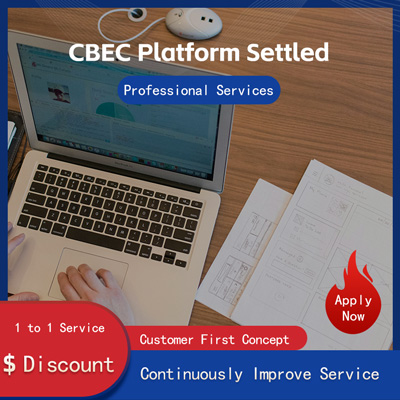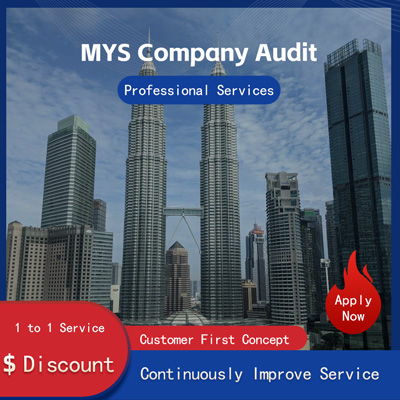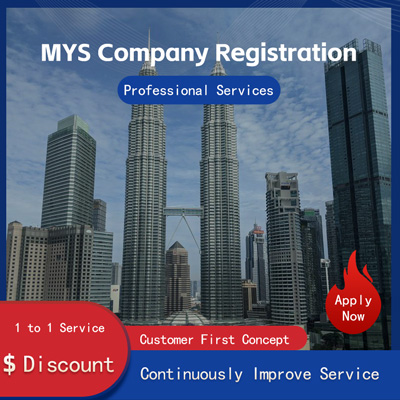
Opportunities and Challenges in Cross-border Direct Loan Business Development
Cross-border direct loan business has become an increasingly important part of the global financial market, offering both opportunities and challenges for participants. This business model allows companies to borrow funds directly from foreign lenders, bypassing traditional domestic banking channels. As globalization continues to deepen, cross-border direct loan business is expected to play a more prominent role in corporate financing strategies.
One of the primary advantages of cross-border direct loans is the access they provide to a wider pool of capital. Companies can often secure lower interest rates and more favorable terms compared to domestic loans, especially if they operate in industries or markets that are not well-served by local banks. For instance, a recent report by Bloomberg highlighted how tech startups in Southeast Asia have been able to secure significant funding from international venture capitalists, enabling them to expand their operations rapidly. This trend underscores the potential for cross-border direct loans to fuel innovation and growth across various sectors.

Moreover, cross-border direct loans can help diversify risk for both borrowers and lenders. Borrowers benefit from reduced exposure to local economic fluctuations, while lenders gain access to stable, high-growth markets. A case in point is the increasing number of Chinese enterprises accessing European capital markets through direct loan agreements. These arrangements have allowed Chinese firms to finance large-scale infrastructure projects abroad, contributing to the Belt and Road Initiative.
However, the rapid expansion of cross-border direct loan business also presents several challenges. One major concern is regulatory compliance. Different countries have varying legal frameworks governing international lending, which can create complexity for both parties involved. In some cases, stringent regulations may hinder the smooth execution of loan agreements, leading to delays or disputes. To address this issue, financial institutions are urged to stay informed about the latest regulatory developments and seek expert advice when necessary.
Another challenge lies in managing currency risks. Fluctuations in exchange rates can significantly impact the cost of borrowing and repayment obligations. Companies engaging in cross-border direct loans must adopt effective hedging strategies to mitigate these risks. For example, a multinational corporation might use forward contracts or options to lock in favorable exchange rates at the time of signing the loan agreement. Such measures can help stabilize cash flows and protect against adverse currency movements.
Cybersecurity is yet another critical consideration in the realm of cross-border direct loans. As transactions become increasingly digitalized, the threat of cyberattacks grows proportionally. Financial institutions must invest in robust cybersecurity measures to safeguard sensitive data and prevent unauthorized access. Recent news coverage of high-profile data breaches serves as a stark reminder of the importance of maintaining stringent security protocols.
Despite these challenges, the future of cross-border direct loan business looks promising. Technological advancements, such as blockchain and artificial intelligence, are expected to enhance transparency and efficiency in cross-border transactions. By leveraging these innovations, financial institutions can streamline processes, reduce costs, and improve customer experiences. Additionally, the growing appetite for sustainable investing is likely to drive demand for green bonds and other environmentally friendly financing options, creating new avenues for cross-border collaboration.
In conclusion, cross-border direct loan business offers immense opportunities for businesses seeking to expand globally. However, it also demands careful planning and execution to navigate the associated risks effectively. By staying abreast of regulatory changes, adopting prudent risk management practices, and embracing technological innovations, stakeholders can harness the full potential of this dynamic sector. As the world becomes more interconnected, cross-border direct loans will undoubtedly continue to play a vital role in shaping the global economy.
Helpful (0)
No help (0)
Still have questions after reading? More than 98,000 users have contacted us. Please fill in the following information to obtain business information.

Service Scope
MoreRecommended for You
- A Crucial Step in Trademark Registration Why You Can't Skimp on CR Fee
- How Much Does It Cost to Register a Trademark in the U.S.? A Clear Breakdown of Fees!
- Want to Register a Trademark in the U.S.? Master These Key Steps to Launch Your Brand Smoothly!
- How to Apply for a US Trademark? 10 Key Tips to Nail It in One Go!
- How to Successfully Register a Trademark in the U.S. for a Singapore Co. A Practical Guide
- How to Apply for a US Trademark After Registering a Company in Singapore? A Detailed Guide on Costs and Process
- A Comprehensive Analysis of US Companies Registering Trademarks in China How Much Do You Know?
- Guide to Registering a U.S. Trademark for Singapore Businesses Costs, Process Practical Tips
- How to Register a Trademark in the U.S. for a Shenzhen Company? Here's a Complete Guide!
- U.S. Trademark Registration Guide Step-by-Step Process Key Considerations
- Things to Know About U.S. Trademark Registration Is a Business License Needed? Cost Breakdown Here
- Shenzhen Startups Must Read US Trademark Registration Requirements Process Explained
- How to Register a Company and Apply for a Trademark in the U.S. What Documents and Procedures Are Needed?
- How to Easily Register a Company Trademark in the U.S. and Hong Kong - A Detailed Guide!
- 7 Key Tips You Must Know to Apply for a Trademark in the U.S.
- Do You Need a Trademark to Establish a Subsidiary in Hong Kong? A Deep Dive into Why This Step is Crucial
- Hong Kong Trademark Registration Costs Explained Boosting Business Globalization
- Trademark Registration in the U.S. Company or Individual? Let's Find Out!
- How to Register a Chinese Trademark in the U.S.? A Complete Guide with Practical Tips
- U.S. Trademark Registration Costs Explained All You Need to Know!


 ONE
ONE








Customer Reviews
Small *** Table
December 12, 2024The experience was very good. I was still struggling to compare it with other companies. I went to the site a few days ago and wanted to implement it as soon as possible. I didn't expect that everything exceeded my expectations. The company is very large, with several hundred square meters. The employees are also dedicated and responsible. There is also a wall of certificates. I placed an order on the spot. It turned out that I did not make a wrong choice. The company's service attitude is very good and professional. The person who contacted me explained various things in detail in advance. After placing the order, the follow-up was also very timely, and they took the initiative to report the progress to me. In short, I am very satisfied and recommend this company!
Lin *** e
December 18, 2024When I first consulted customer service, they recommended an agent to me. They were very professional and patient and provided excellent service. They answered my questions as they came in. This 2-to-1 service model is very thoughtful. I had a lot of questions that I didn’t understand, and it’s not easy to register a company in Hong Kong. Fortunately, I have you.
t *** 7
December 19, 2024I originally thought that they only did mainland business, but I didn’t expect that they had been doing Hong Kong business and were doing very well. After the on-site interview, I decided to ask them to arrange the registration of my Hong Kong company. They helped me complete it very quickly and provided all the necessary information. The efficiency was awesome. It turns out that professional things should be done by professionals.👍
b *** 5
December 16, 2024In order to register a company in Hong Kong, I compared many platforms and stores and finally chose this store. The merchant said that they have been operating offline for more than 10 years and are indeed an old team of corporate services. The efficiency is first-class, and the customer service is also very professional.